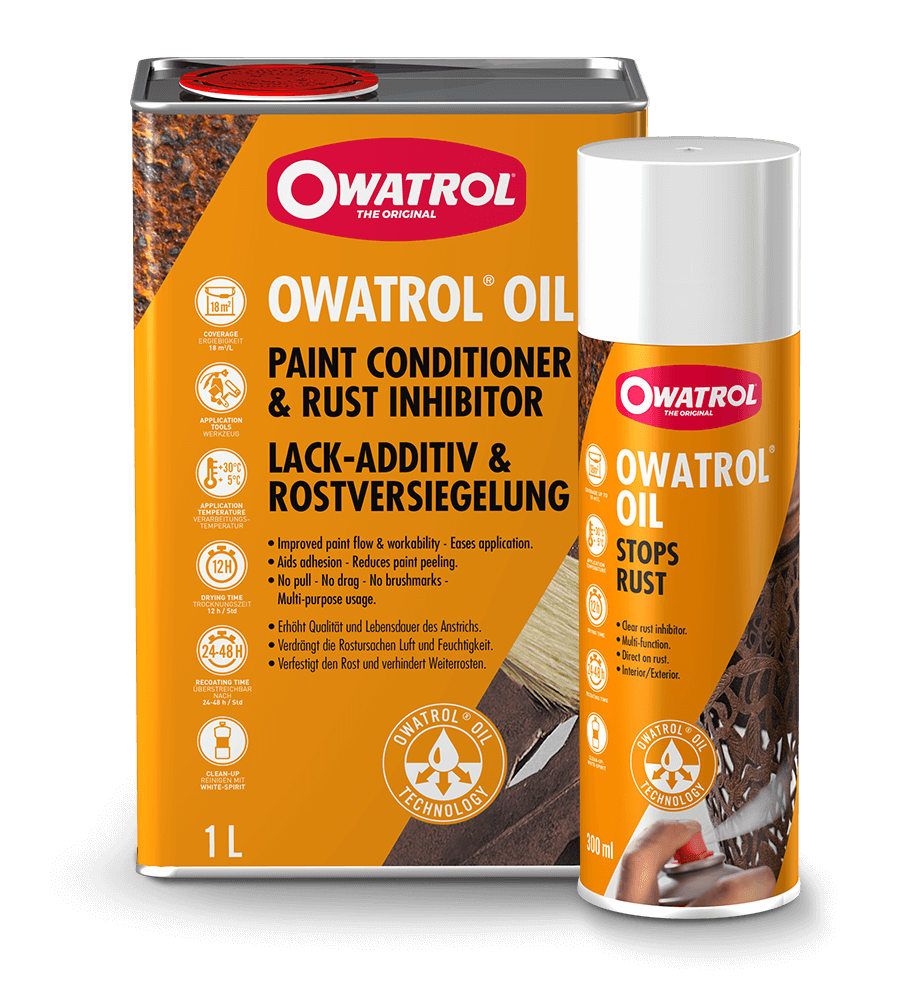I would appreciate any advice on offer as to which is the easiest oil/solvent-based satinwood to apply on interior woodwork. I have used Dulux Trade and found it hard going! Most recently I have tried Wickes solvent-based satinwood and whilst it is much easier to apply the finish is not to my taste and has dried bluey-white. I need to re-paint the doors as they look rather odd! I believe that Hempel manufactures for Wickes.
As said any advice on other brands would be ideal.
Thanks Marcus
As said any advice on other brands would be ideal.
Thanks Marcus


